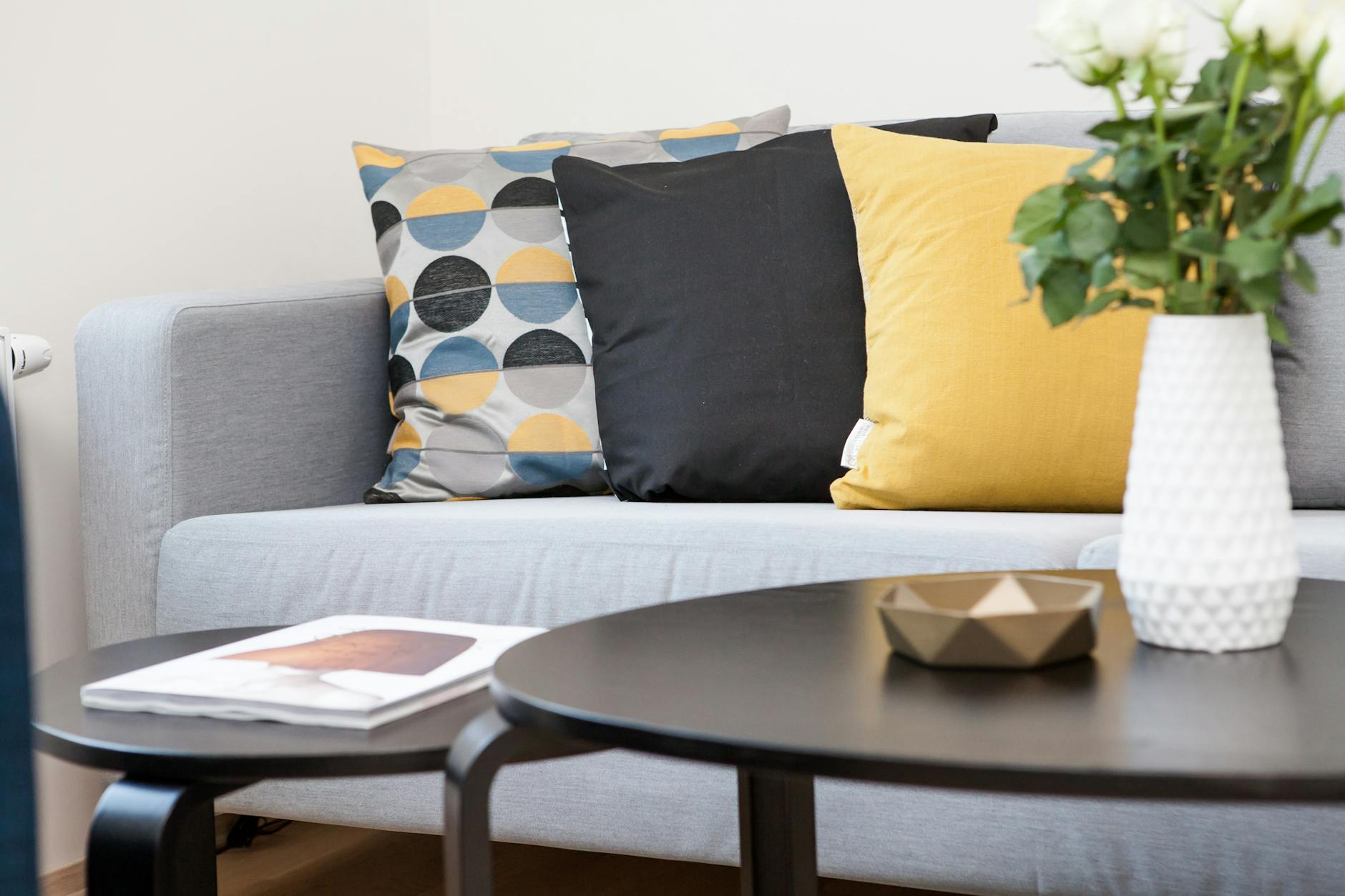When your children are actively seeking out sensory stimulation, rather than avoiding it, you have the perfect opportunity to adapt your home to suit them. Something as simple as changing out the soft furnishings in your home so that their little sensory-seeking brains have something to cling to and work with can do wonders in keeping them happy and even calm.
Top Sensory-Stimulating Materials
One of the easiest, most budget-friendly ways to make your home a better place for sensory-seeking little ones is to simply choose the right sofa material.
• Velvet
Velvet is a luxurious material that’s addictive to touch, making it a great choice for kids who are constantly seeking out some sort of sensory stimulation. Parents get a beautiful velvet green sofa, and the kids have something soft and exciting to touch and brush against when they sit on it.
• Corduroy
Another great material is corduroy. The ridges in this material are also great to rub your hands or feet over, which means they’re excellent for kids with ADHD or other processing disorders. Think of the ridges as a built-in fidget feature to keep your kids patient (a must-have when watching movies!)

• Chenille
Chenille is a mix between cotton and acrylic, and it tends to be this soft, fluffy mixture that’s, once again, a great material for those seeking out sensory stimulation. As a big bonus, this material is also very easy to keep clean, since it’s part synthetic.
Tips for Finding the Sensory Experience That Works for Your Kids
1. Check The Material with Your Kids
Sofa material is, of course, a personal preference. Some kids with sensory-seeking behavior may love the touch of velvet, others might hate it. This why it’s a good idea to go out of your way to order fabric samples ahead of time, so your kids can pick out the material they prefer.
2. Use Throw Pillows
Another great way to make your couch more friendly for sensory seekers is to look to throw pillows. If your kids focus better when they have something to fidget with, for example, getting pillows with tassel ends can be just what they need.
3. Be Aware of Certain Design No-Nos
It’s also important to watch out for design features that may tip the scales into “too much”. Buttons, for example, can end up snapping or hurting if you sit on them wrong, which can turn off even the most sensory seekers.
4. Keep Your Kids Involved
Most of all, however, you need to make sure your kids are involved with the decision-making process. This way, you can check in with them at all times to make sure that the sofa, and even your living room as a whole, is a good fit for the whole family. If they sit better and more calmly if they’re on velvetor if they have tassels to fidget with, then everyone will enjoy lounging in the living room for longer periods of time, without making a mess in their efforts to satisfy their brain’s needs for new things.



